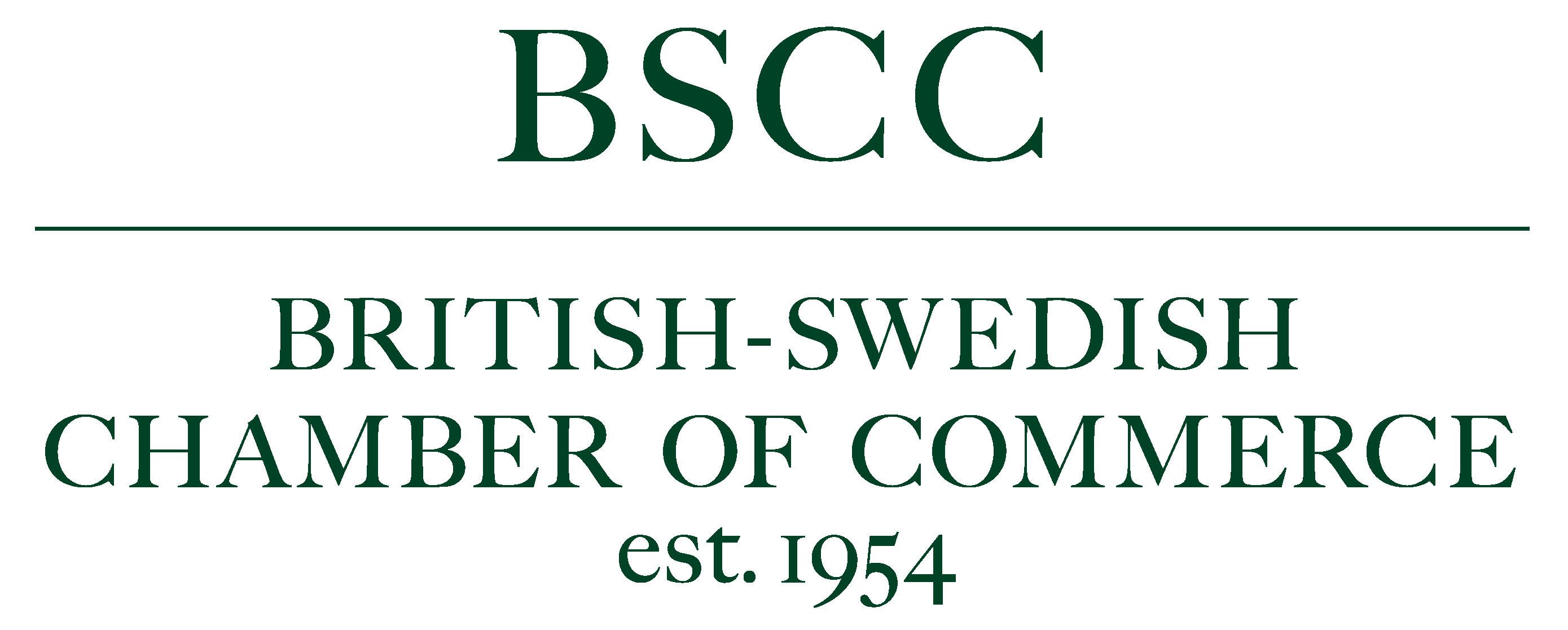Trends With: Erika Rennel Björkman
What trends do you see within your line of business?
My business is to craft a brand’s visual identity by creating a unified system of design elements such as logotypes, colours, typography, illustrations, patterns, photography and motion graphics. The visual identity should capture the brand’s essence. Its attitude. Ideally combine aesthetics with functionality in a creative way and remain powerful and relevant over a long period of time.
There are of course trends in everything and in any aesthetical discipline there is fashion. My aim is to create something that “works” over time and which does not get dated as fashions change.
Over my professional career a lot has changed. When I started it was very much a physical and analogue job with sketching and actual cutting and pasting. Today, more or less everything is digital. Some creative content is even created by generative artificial intelligence models. Many design tools are now generally available at low cost to all. This means that there is a lot of do-it-yourself going on, which often does not reach solid professional standards.
While the tools and methods to create visual identities are changing, the principles of aesthetics and functionality are still more or less the same. Some ideas go back to the antiquities and what makes a text legible was established at the time of Gutenberg’s first letterpress. So the job remains very much a craft based on centuries of experience, skills and tradition to express a simple idea in a powerful way.
Of course the applications of a visual identity have also changed. The use of business cards and letterheads and other printed material is in general decline as digital means of expression are expanding.
From your perspective, what are the greatest challenges right now?
The technological development in the design area is rapid as in many other businesses. To keep up to date with the latest creative tools and applications, such as social media, requires a broad network across different disciplines and experience and judgement as to what are fads and what is here to stay.
For traditional designers like me, another challenge is the decline in printed material and other physical carriers of a brand. But, as said, there are a lot of new things cropping up. Print is not just replaced by two-dimensional screen-based delivery these days.
And, opportunities?
While the rapid development in digital graphic design poses some challenges, it also opens up a new world of opportunties. The digital world is vast, growing and exciting. Motion graphics and greater visualisation generally speaking represent new areas in which to expose brands.
Also, e-commerce and bespoke distribution result in an increased demand for clever and sustainable packaging design solutions. Packaging design and other physical printed materials are particular favourites of mine.
The flexibility that new production tools and process affords also makes it easier to adjust brands to changing circumstances and preferences.

